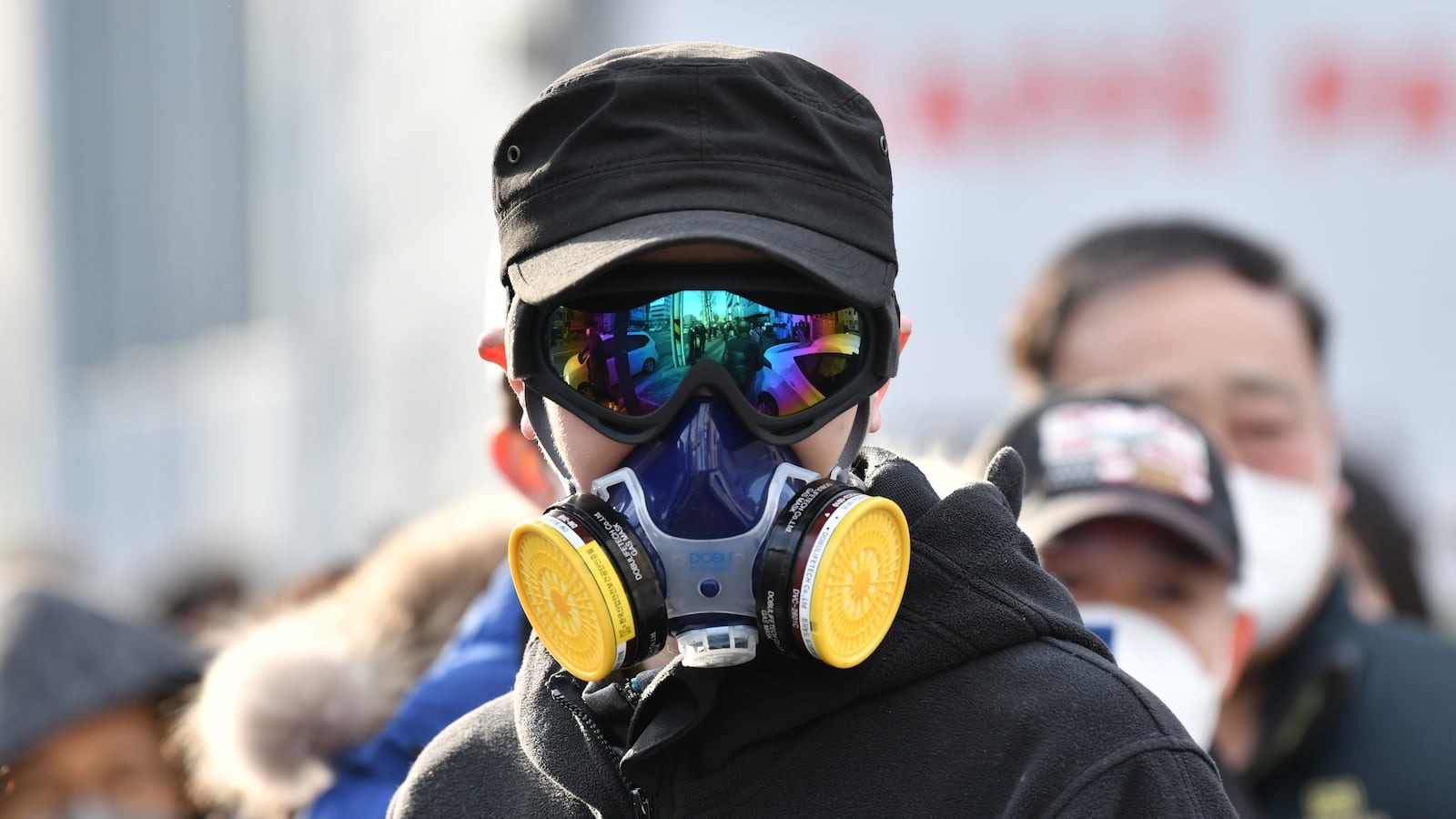More than two months after the start of the outbreak of the 2019 novel coronavirus in China, the World Health Organization (WHO) has officially declared a global pandemic—a move that might have no real meaning at all.
Also known as COVID-19, this particular disease’s first patient was identified in the city of Wuhan late last year. Since then, well over 100,000 patients infected with the virus have been reported worldwide, along with some 4,300 deaths. The virus has spread to dozens of countries on all continents except Antarctica, with South Korea and Italy seeing some of the most cases outside China.
“We are deeply concerned both by the alarming levels of spread and severity, and by the alarming levels of inaction,” Dr. Tedros Adhanom Ghebreyesus, director-general of the WHO, said Wednesday.
Though a declaration of a global pandemic might sound like a call-to-action on the part of WHO and other government bodies, in actuality it serves as more of a status update on the severity, impact, and rate of the spread of disease. Unlike an epidemic, which refers to a large disease outbreak within a particular population or region, a pandemic indicates the sharp, simultaneous spread of a disease in multiple areas, regions, or countries.
Additionally, while WHO’s pandemic designation might spur other countries to react to the spread by imposing emergency procedures, no unified international protocol to do so currently exists—which means that the declaration might as well be one big caution sign.
“WHO do things for lots of reasons, but part of the reason for declaring a pandemic, if they do declare one, would be to get the critical mass on board to take it seriously and not ignore symptoms, and to get the finances required to help tackle and control it,” Professor Mary Louise McLaws, an infection control expert who has previously worked closely with WHO, previously said in an interview with the Guardian.
Or, in other words, the designation is more or less symbolic—though it could serve to further stoke panic in financial markets.
On Feb. 27, WHO officials held a public news conference on the outbreak, in which they announced that the number of daily new cases of the virus outside of China exceeded the rate of those within the country for the first time.
A joint statement by WHO and the World Tourism Organization (UNWTO) published on the same day called for all countries to cooperate in committing to stopping further spread of the disease on a global level. While the statement did call for risk assessment on the part of “public bodies, private companies, and tourists,” it gave no concrete, unified guidelines as to how this could be done.
In a briefing on Feb. 26, WHO's Ghebreyesus pushed back on the use of the word “pandemic” to describe the disease, stating that “[using] the word pandemic carelessly has no tangible benefit, but it does have significant risk in terms of amplifying unnecessary and unjustified fear and stigma, and paralyzing systems.”
He also added that the word “may also signal that we can no longer contain the virus, which is not true.”
Or at least it wasn’t at the time.







